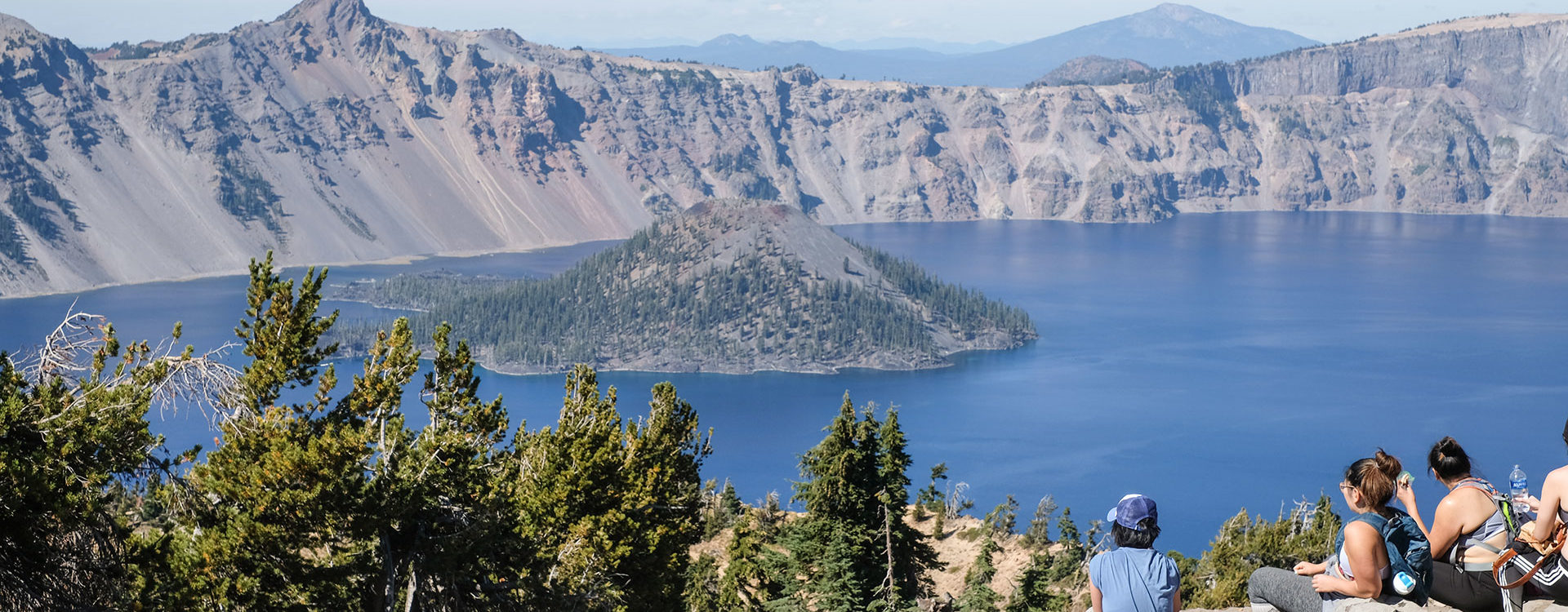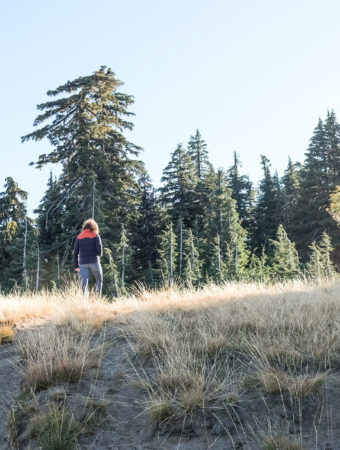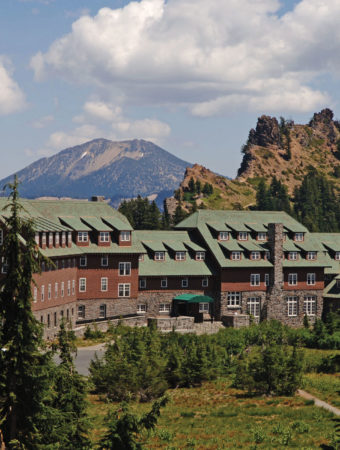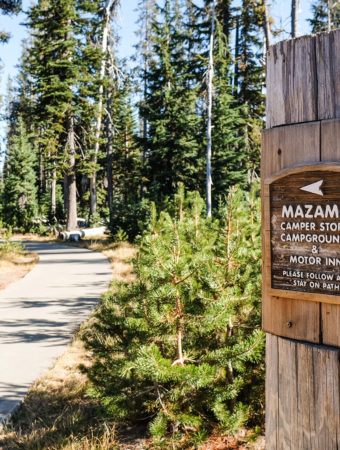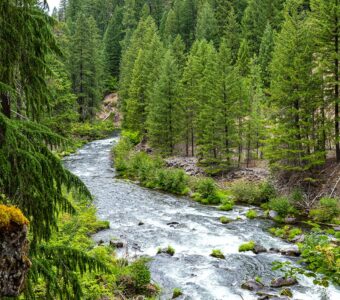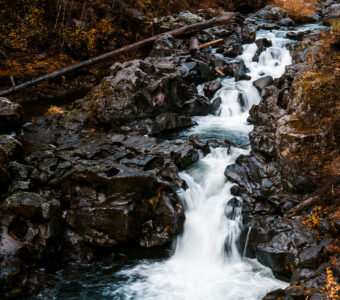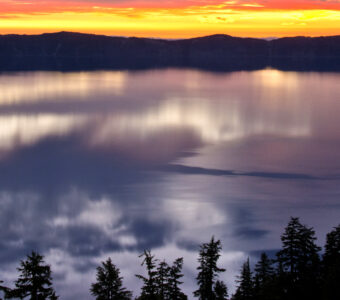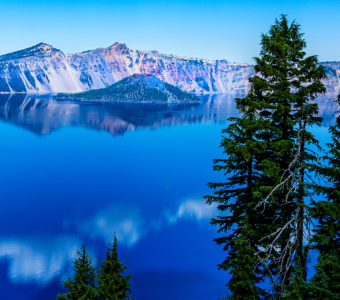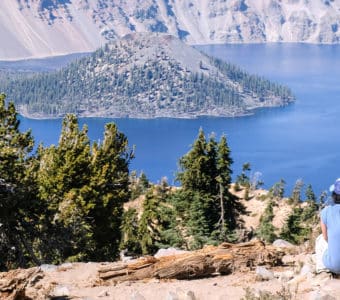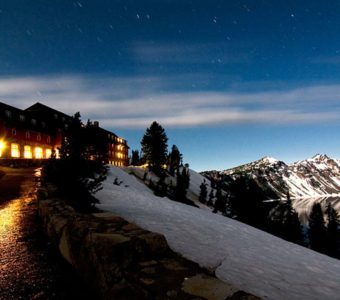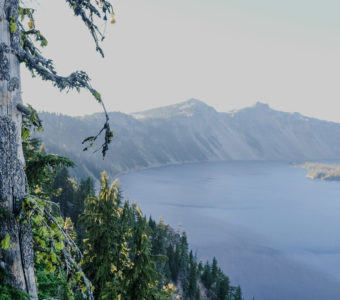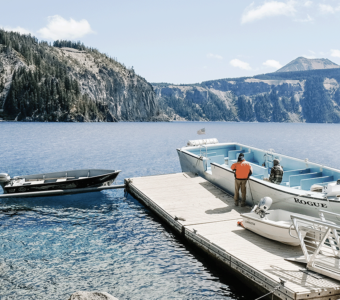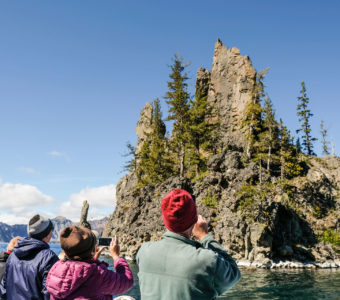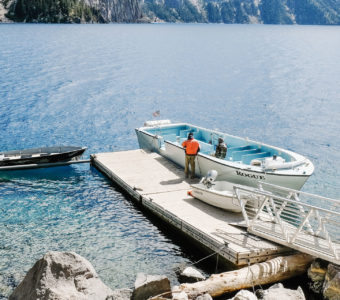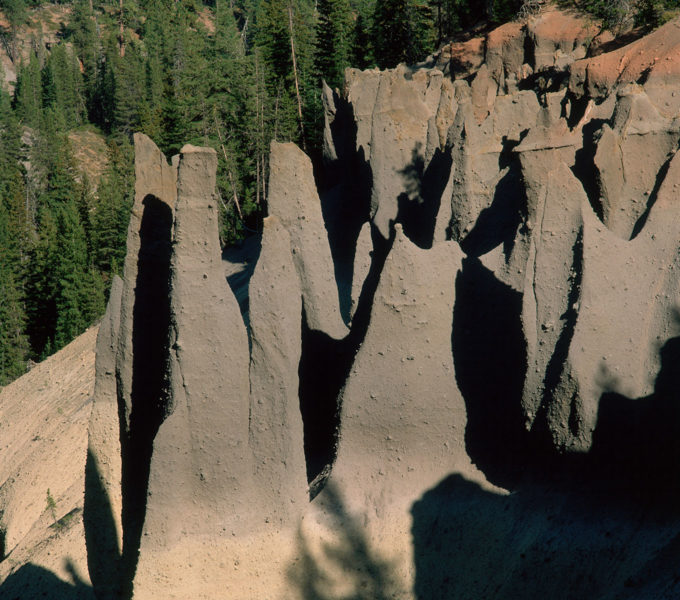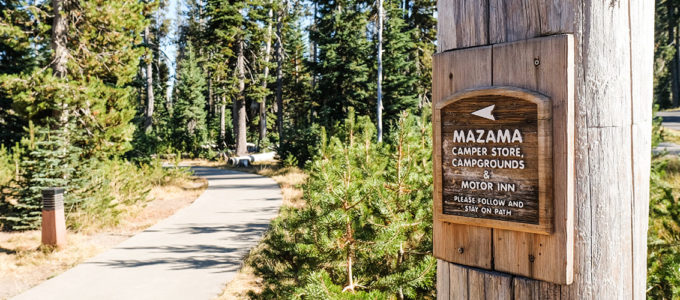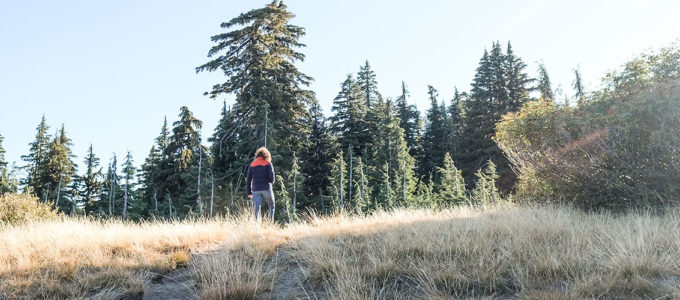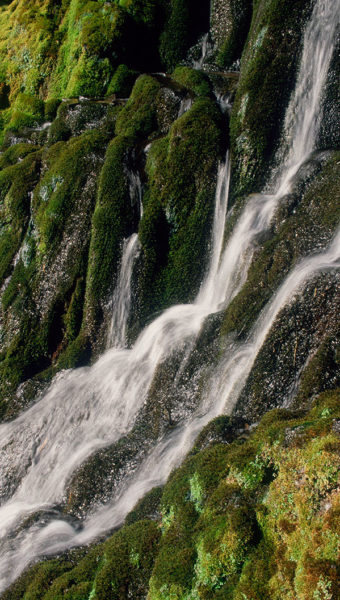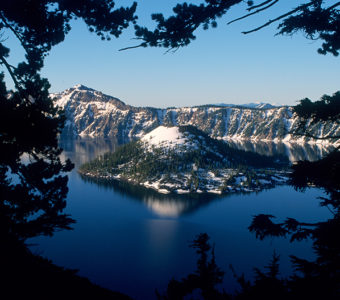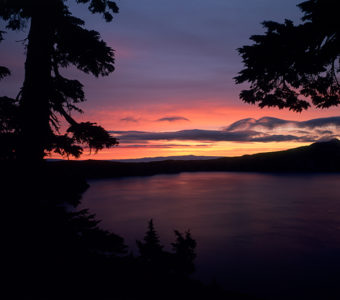7,700 years ago, a violent eruption collapsed an ancient volcano forming what we know as of today — Crater Lake. In the hundreds of years after the eruption, rainfall and snowfall filled the crater and formed the lake. Today, visitors marvel at the panoramic views and natural formations of Wizard Island and Phantom Ship. Whether you are looking for outdoor adventures, want to immerse yourself in nature, or simply relax and take in the views, Crater Lake awaits you.
Crater Lake National Park History
A Boon for Early Explorers
In 1853, explorers John Wesley Hillman, Henry Klippel, and Isaac Skeeters found the lake while mining for gold in the area. Amazed by its moth blue surface and the undisturbed nature around it, these explorers named it, “Blue Lake”. Just a few years later, another set of explorers managed to climb into the crater’s caldera and reach the lake’s shore. After many years of interaction with various explorers, William Gladstone Steel campaigned to have Theodore Roosevelt name Crater Lake America’s sixth national park in 1902.
Points of Interest
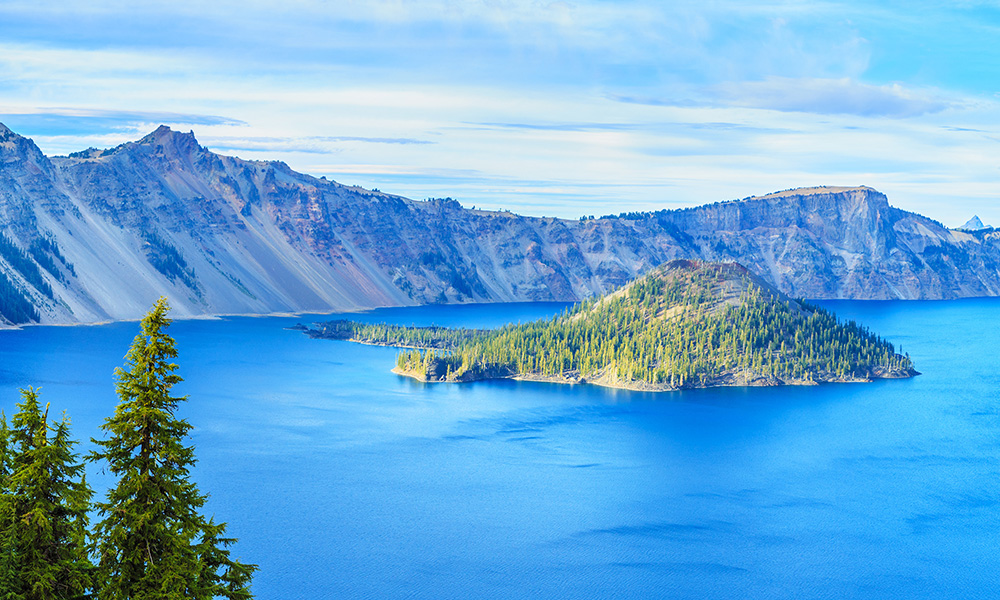
Wizard Island
Perhaps Crater Lake’s most famous stop, Wizard Island forms a “cinder cone” poking out of Crater Lake’s blue waters. The “Witches Cauldron” trail to the top of Crater Lake provides panoramic views of the surrounding waters, and visitors can fish and hike along Wizard Island’s shores. The island is accessible by tour boat with regular stops.
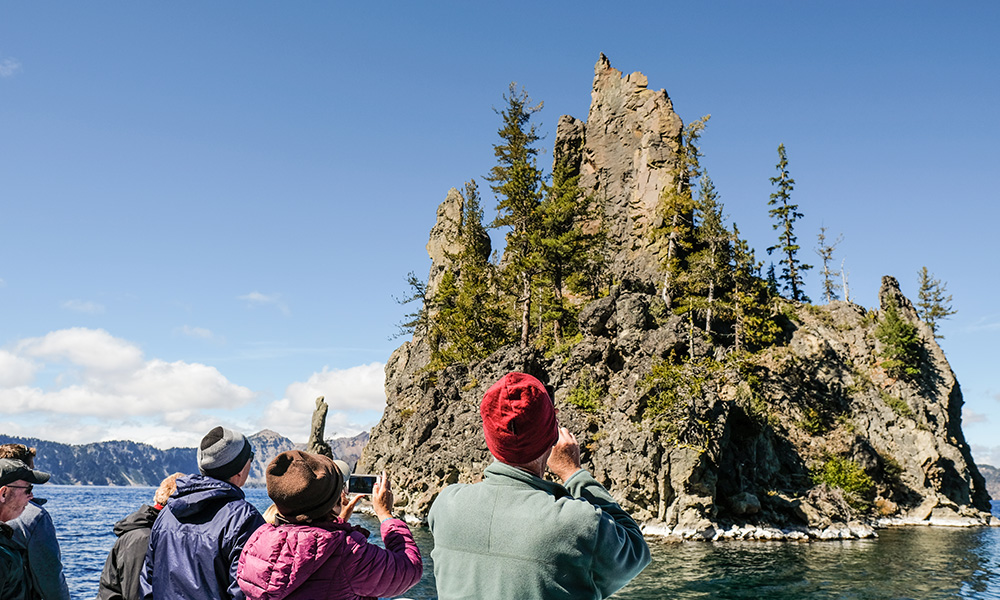
Phantom Ship
Another famous island formation buried in Crater Lake, Phantom Ship earned its name by its long, craggy appearance, which makes it look like a ghost ship peaking the horizon on foggy nights. The rock formations on Phantom Ship are said to be hundreds of thousands of years old.
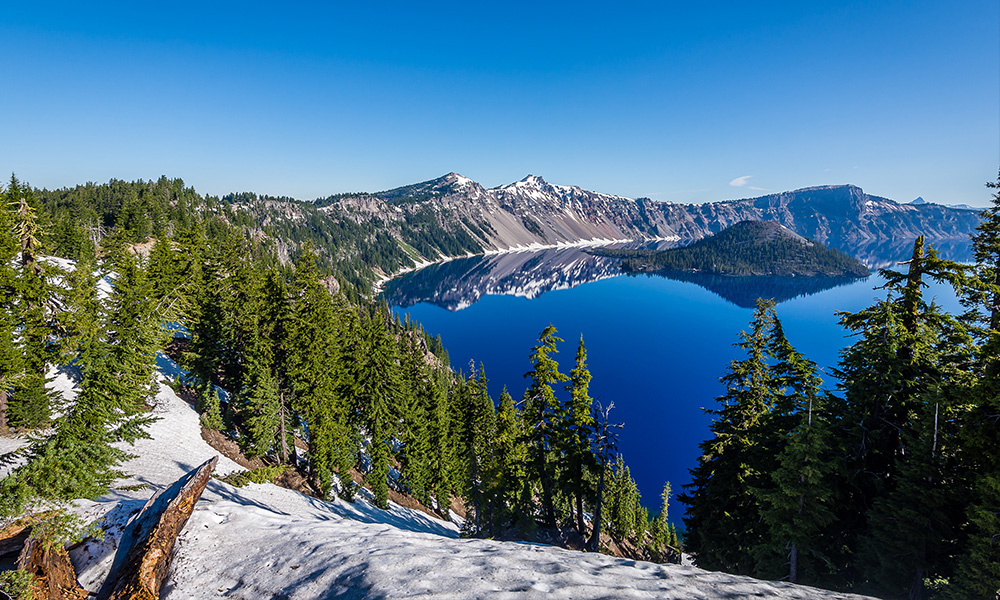
Garfield Peak
One of the most popular hikes on the lake, Garfield Peak offers a 1000-foot summit hike from the base to the Crater Lake Lodge, continuing to peak upward. With surreal views and rugged switchbacks, experienced hikers will enjoy Garfield Peak’s photo ops and sights.
